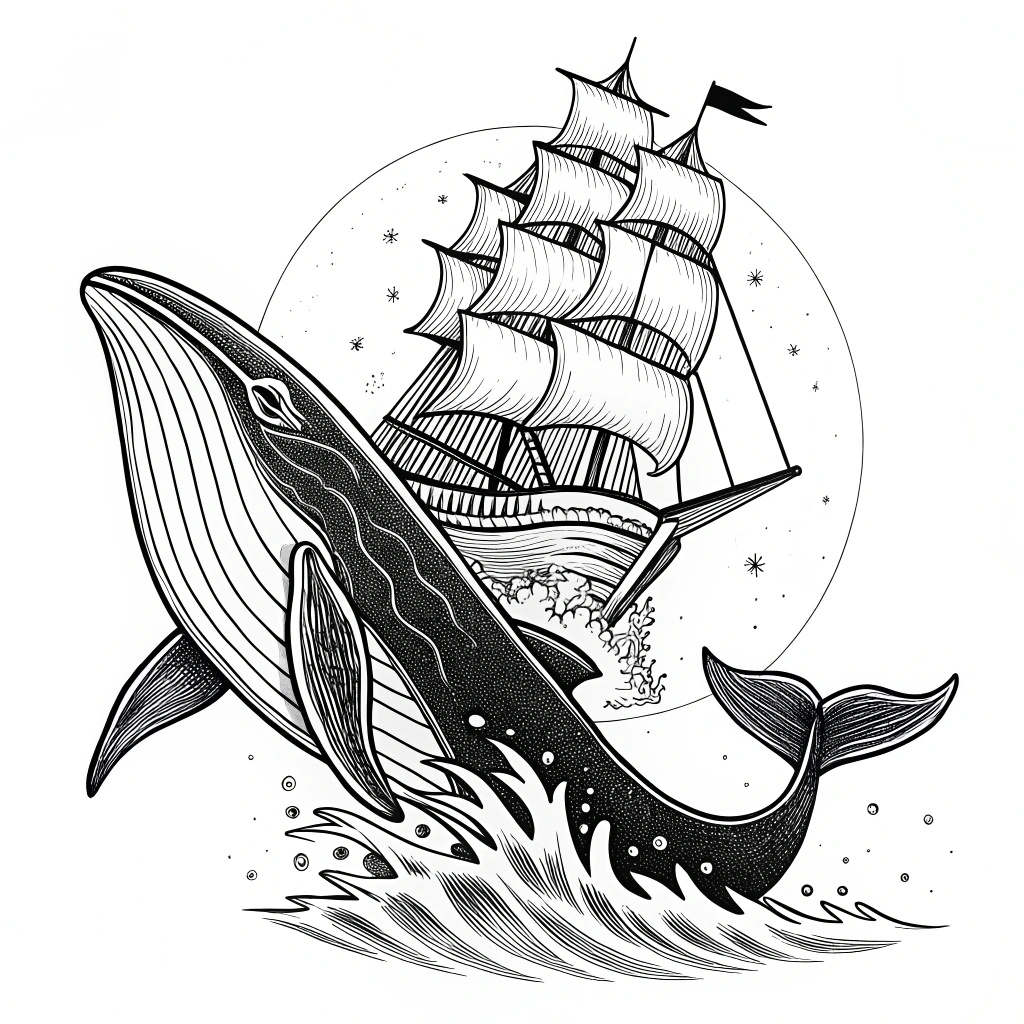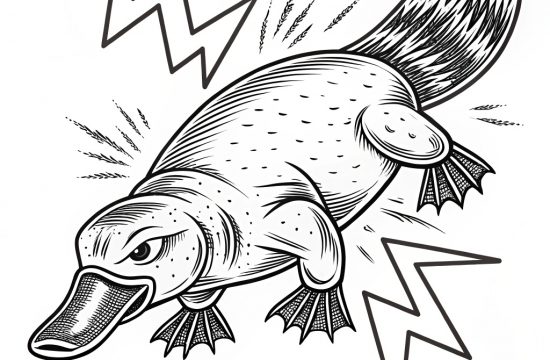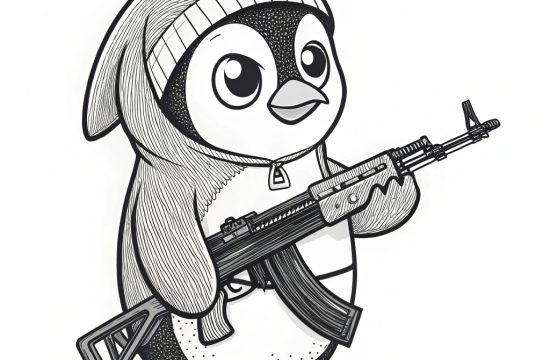Whaling, an age-old practice intertwined in our human history, presents a complex tapestry of cultural traditions, economic necessities, and ethical dilemmas. From ancient subsistence hunts of indigenous communities to industrial-scale 20th century operations, the pursuit of whales has shaped societies and ecosystems alike. The International Whaling Commission’s 1986 moratorium aimed to curb the devastating impacts of commercial whaling. The practice persists in various forms, sparking ongoing debates about sustainability, animal welfare, and the delicate balance between conservation and cultural preservation.
- Early Whaling:
- Whaling predates recorded history, with evidence of coastal communities utilizing whales for sustenance and resources thousands of years ago.
- The Basque whalers of the medieval period were among the first to engage in organized commercial whaling, targeting right whales in the North Atlantic.
- The 18th and 19th centuries saw the rise of American and European whaling fleets, driven by the demand for whale oil for lighting and lubrication. This era was characterized by extensive voyages and the relentless pursuit of whales, leading to the depletion of numerous populations.
- Technological Advancements:
- The development of the explosive harpoon and steam-powered whaling vessels in the late 19th and early 20th centuries revolutionized whaling, making it far more efficient and deadly.
- The advent of factory ships in the 20th century allowed for the processing of whales at sea, enabling whalers to operate in remote areas like the Antarctic. This led to an unprecedented scale of whale harvesting.
- The Rise of Conservation:
- As whale populations plummeted, concerns about overexploitation grew, leading to the formation of the International Whaling Commission (IWC) in 1946.
- The IWC’s efforts to regulate whaling were initially limited, and it wasn’t until the 1986 moratorium that significant progress was made in protecting whale populations.
Political and Legal Dimensions:
- The International Whaling Commission (IWC):
- The IWC remains the primary international body responsible for the conservation and management of whales.
- The 1986 moratorium on commercial whaling is its most significant achievement, but it has also been a source of ongoing controversy.
- The IWC faces challenges in balancing conservation goals with the interests of whaling nations and indigenous communities.
- National Policies:
- Norway and Iceland continue to conduct commercial whaling, citing objections to the IWC moratorium.
- Japan’s whaling activities have been a subject of intense international scrutiny, with debates surrounding its scientific whaling programs.
- Indigenous subsistence whaling is permitted under IWC regulations, but it is subject to quotas and monitoring.
- Legal Battles:
- International Court of Justice (ICJ) rulings have played a role in shaping whaling policies, particularly in cases involving disputes over scientific whaling.
Scientific Considerations:
- Population Dynamics:
- Scientists continue to study whale populations to assess their recovery and determine sustainable harvest levels.
- Factors such as climate change, pollution, and ship strikes pose ongoing threats to whale populations.
- Animal Welfare:
- The ethical implications of whaling are a major concern, with debates focusing on the methods used to kill whales and the potential for suffering.
- Research into humane killing methods is ongoing, but achieving a truly painless death for whales remains a challenge.
- Ecological Roles:
- Whales play vital roles in marine ecosystems, and their removal can have cascading effects.
- Scientists are increasingly recognizing the importance of whales in nutrient cycling and carbon sequestration.








